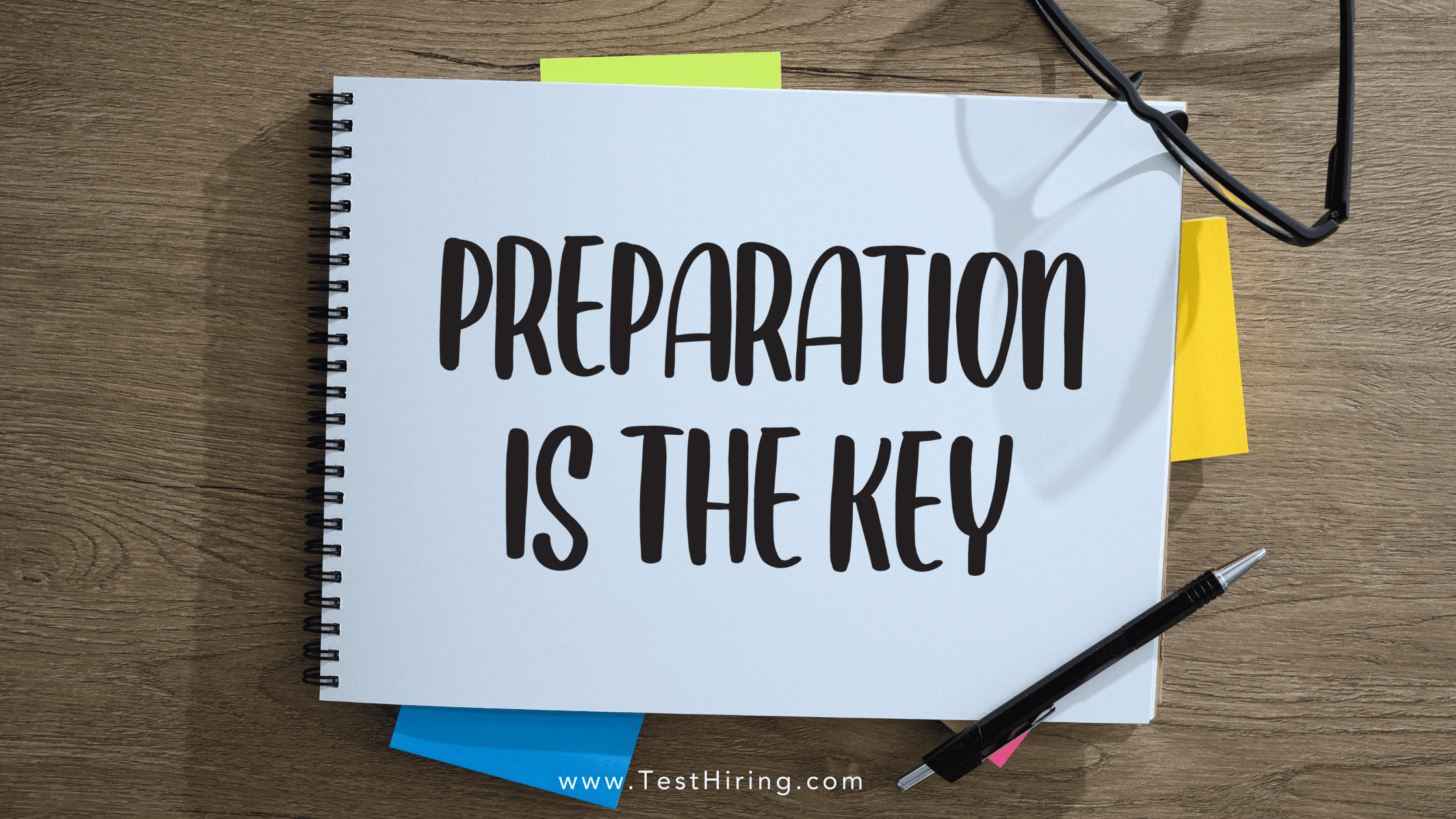Let’s be real—hiring these days is kinda messed up. Bias sneaks its way in, front and center. I mean, who hasn’t seen someone get passed over just because their name “sounds different,” or their college isn’t one of those shiny Ivies? HR folks might swear they judge purely on “merit,” but, ah, come on, that’s hopeful thinking at best.
The Problem With Old-School Hiring
So, the classic recruiting drill: read a stack of resumes (yawn), check out which college they got into (seriously, like that tells you how they’ll do the damn job?), and then wing it through some awkward interview where—spoiler—half the decision is about if they laugh at your jokes. Behind the scenes, all these invisible little prejudices are running the show.
There’s “Affinity Bias,” where, weirdly enough, managers want to hire their twins—same hobbies, same background, maybe even the same haircut.
Or the classic Name Bias. Yeah, people pretend they’re above it but, dude, if you’ve got an unfamiliar last name, good luck getting in the door.
Then there’s the shrine to fancy diplomas. Newsflash: going to BigNameU doesn’t guarantee you’re a genius at actual work.
Oh, and let’s not forget gender and age stereotypes that boot out great talent for zero good reasons.
Honestly, the result? You get this snooze-fest of a team, mostly clones, and all the cool stuff that happens when people bring different perspectives? Yeah, that gets crushed.
Skills-Based Hiring: Ditching Bias, Finally
Now enter skills-based hiring, the hero we needed all along. Instead of obsessing over where someone went to school or how closely their hobbies match the hiring manager’s weird stamp collection, it’s all, “Can you do the work or not?” It’s a total game changer:
1. Everyone takes the same skill tests—so it’s not just about schmoozing or having a killer resume template. If you’ve got game, it’ll show.
2. Forget resume voodoo. Before anyone even glances at the candidate’s background, they’re sizing up abilities, not alma maters.
3. Hiring isn’t about gut feelings anymore. It’s about actual data—like, “Here’s proof they’re good.” Way harder for hidden bias to sneak through.
4. The talent pool finally gets bigger. Self-taught coder? Career switcher? You’re in, if you’ve got the chops.
5. And interviews stop being random. Only folks who actually prove they can do the job even make it to that stage. The buddy-buddy favoritism drops big time.
Seriously, just look at the big players—Google, IBM. They realized long ago that fixating on diplomas was lame. Now, they put people through coding gauntlets and practical tests. Education field? Same deal. Some schools run teaching ability tests, because hey, it actually matters if you can handle a room full of screaming third-graders.
How Do You Make Skills-Based Hiring Happen?
First up, figure out what skills actually matter for the job. (Shocking, right?)
Find or build tests that measure those skills. No more relying on 10-year-old job descriptions.
Test your applicants first, *then* peek at their resumes.
Use the scores to pick interviewees. No more going by “gut instincts” (read: bias).
Mix test results with structured interviews and, look at that—a hiring process that makes sense.
At the end of the day, skills-based hiring is pretty much a no-brainer if you want teams that don’t just look varied on paper, but actually bring different strengths to the table. Get it right, and suddenly all those slogans about diversity and performance aren’t just HR fluff—they’re real. Plus, you’ll build a workplace that’s smarter, more creative, and, let’s be honest, probably a lot more fun.
Dumping resume-worship and going skills-first isn’t just woke nonsense. It’s just smart business.




